Also known as vitamin B3, niacin is great for cardiovascular health, healthy skin, and so much more.
The B vitamin family typically works best together. On its own, niacin is responsible for reducing high triglycerides, balancing cholesterol levels, and can even help to ease a migraine.
Niacin helps break down nutrients into usable energy within the body. Here’s what you need to know about this all-important B vitamin, including what to expect with the “niacin flush”.
Want naturally radiant skin? We’ve created a FREE guide to give you the best tips & tricks for natural skincare.
Click here to get your FREE copy of our Skincare Guide!
What is Niacin?
Niacin is a vitamin naturally found in foods like yeast, meat, fish, eggs, and green vegetables. Your body can also convert dietary sources of tryptophan, like turkey, into niacin after digestion.
There is little concern over taking too much niacin, as it is a water-soluble vitamin, meaning that excess amounts get excreted through urine.
However, when taken at high levels, like through supplements, niacin can produce a flushing effect in the body. This is as a result of dilated blood vessels, which is part of the reason why niacin is so beneficial for cardiovascular health. (1, 2)
The “niacin flush” can also raise homocysteine levels, which might lead to inflammation, especially for people who have the MTHFR genetic mutation. (3) This potential impact of niacin is buffered by the effects of folate (vitamin B9) and B12, which is why the B vitamin family tends to work best together – where one on its own might produce a negative impact, the others work together to counterbalance the effect. (4)
Bottom line: Niacin is a water-soluble B vitamin and is best taken in conjunction with the other B vitamins. It has cardiovascular and metabolic health benefits, among others, and when used at higher levels can produce a “flushing” effect.
Niacin Deficiency
Your body needs niacin along with the range of other B vitamins for energy, cardiovascular health, and neurological balance. When niacin levels are inadequate, symptoms primarily include skin rashes and brittle nails. (5) True niacin deficiency is rare, but when it occurs, it can include severe problems like: (6)
- Seizures
- Poor muscle tone
- Poor body control
- Hair loss
- Cognitive diseases
- Metabolic disorders
- Fetal malformations
Benefits of Niacin

Supports Heart Health
The most researched benefit of niacin is its ability to protect the heart. In particular, niacin can raise “good” HDL cholesterol levels and reduce fibrinogen, which when overproduced, can lead to clotting and cardiovascular disease. (7)
Some niacin-containing products are even FDA-approved for balancing cholesterol levels. While we now know that cholesterol alone doesn’t cause heart disease, extremely low levels of HDL or high levels of oxidized LDL can be risk factors for inflammation and potential heart disease. (8) Niacin can reduce LDL cholesterol levels by up to 25 percent and can decrease triglycerides by as much as 50 percent. It can also increase HDL by up to 30 percent. (9, 10, 11)
Because triglyceride levels also play a role in metabolic syndrome and diabetes, niacin’s triglyceride-lowering effects can also help to bring balance to type II diabetes and “pre-diabetes”, especially when paired with omega-3 fatty acids. (12)
Thanks to its blood vessel dilation properties, niacin can help to reduce the risk of strokes and improve neurological recovery and function after a stroke, both of which can be associated with cardiovascular disease or diabetes. (13) Niacin can strengthen microtubules, the pathways in the brain by which information travels, which can get damaged because of a stroke or excessively high levels of glucose in the brain. (14)
Reduces Cancer Risk
Niacin provides stability within the genes and DNA, which makes it a foundational nutrient support for every aspect of health. Without this strong genetic and cellular base, we are more at risk for diseases like cancer. (15)
Niacin has a role in maintaining healthy skin and can work as a protective mechanism against skin cancer in those who are at risk for non-melanoma types of skin cancers. (16)
Strengthens Immunity
In an age of antibiotic overuse, antibiotic-resistant “superbugs” have become a public health issue.
Fortunately, taking high doses of niacin can increase the body’s ability to fight off strong bacteria by strengthening your white blood cells. (17) So while niacin itself isn’t antibiotic in nature, it can help mount the body’s own defenses.
Supplementing with Niacin
Unless directed by a doctor, it’s best not to supplement with niacin on its own. Instead, B-complex vitamins provide balanced amounts of each of the B vitamins: B1, B2, niacin, B6, folate, and B12.
Niacin can interact with aspirin or other anticoagulant drugs, so if you’re taking any prescriptions, it’s best to check with your doctor to determine if there’s any overlap.
Daily recommended allowances for niacin are between 14 and 18 milligrams, but when used in supplement form for lipid imbalances, it will sometimes be used in doses as high as 500 milligrams, or even 1 to 3 grams daily if the flushing response is desired.
7 Foods High in Niacin

1. Turkey Breast
One turkey breast contains 101 milligrams, which is more than 100 percent of the daily value of niacin. Try it in this antioxidant-rich Rainbow Turkey Salad.
2. Chicken Breast
A six-ounce portion of chicken breast can provide more than 80 percent of the necessary niacin. Here are 31 chicken breast recipes to get you started.
3. Grass-fed Beef
Just six ounces of grass-fed beef will give you 70 percent of your niacin RDA, which you can easily get when you make this delish Paleo Avocado Bacon Burger.
4. Beef Liver
A single slice of beef liver contains more than half a day’s niacin needs. If you struggle to eat organ meats, whip up this Mediterranean Beef and Liver Burger – you won’t even taste it!
5. Tuna
Another way to get more than half of your daily needs is with a three-ounce portion of tuna. Try it in this simple four-ingredient Tuna Patty recipe.
6. Mushrooms
One cup of mushrooms will provide more than 30 percent of your daily value of niacin. Cook up these Easy Slow-Cooker Garlic Mushrooms.
7. Avocado
A whole avocado contains 17 percent of the daily value of niacin, along with a whole lot of deliciousness. Now you have every reason to take a few extra bites of this creamy Guacamole with Bacon Chips recipe.

Read This Next: 5 Natural Benefits of Biotin for Hair, Skin and Health


 Poached Salmon with Green Beans, Almonds and Capers
Poached Salmon with Green Beans, Almonds and Capers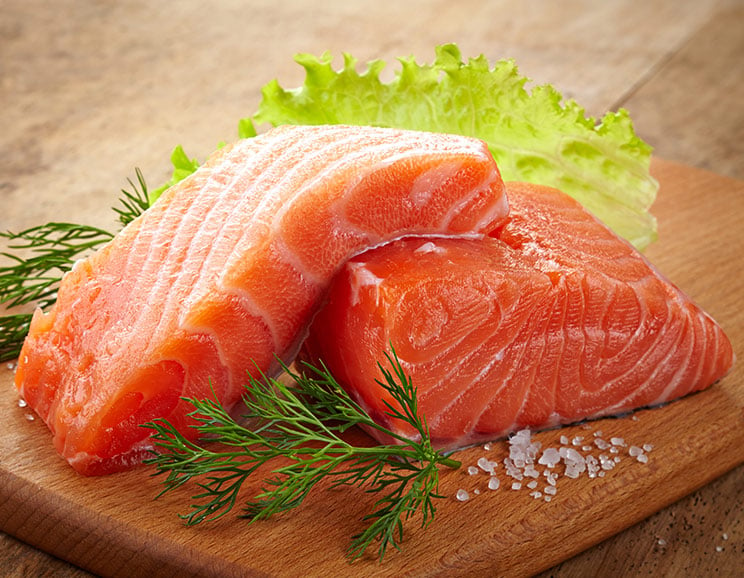

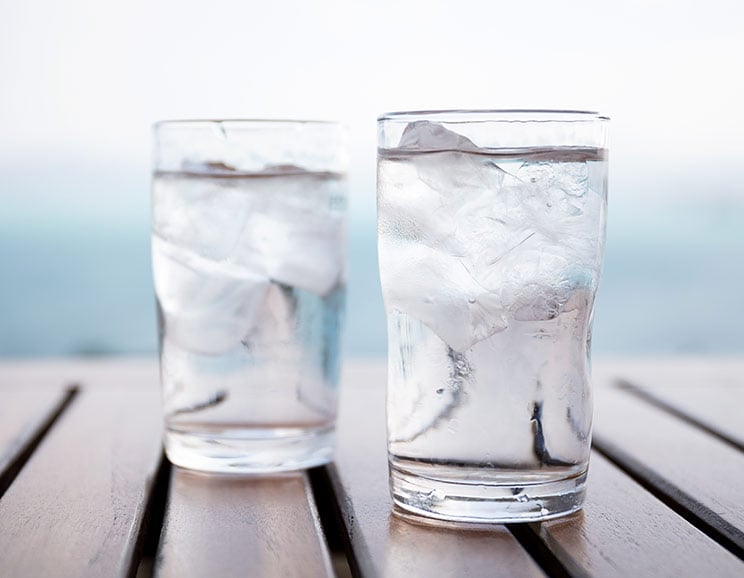
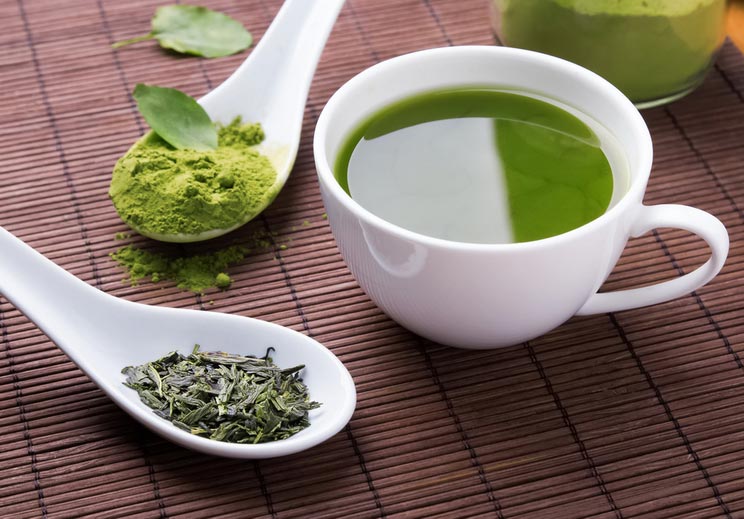
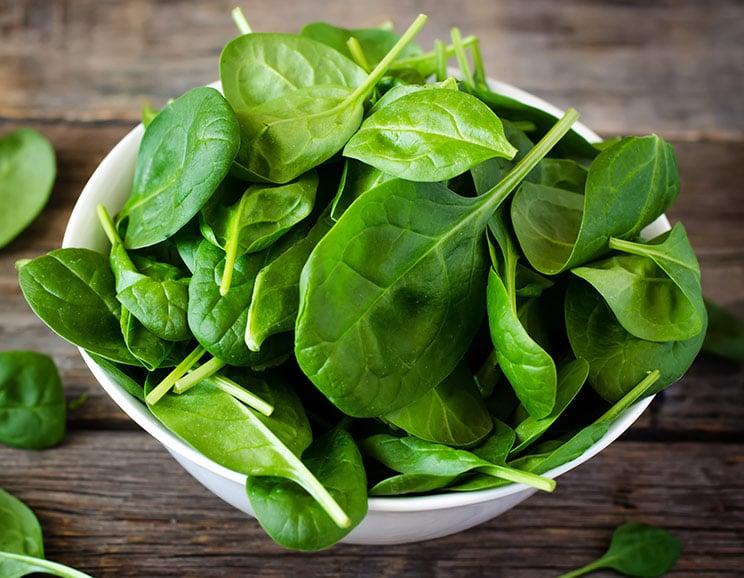
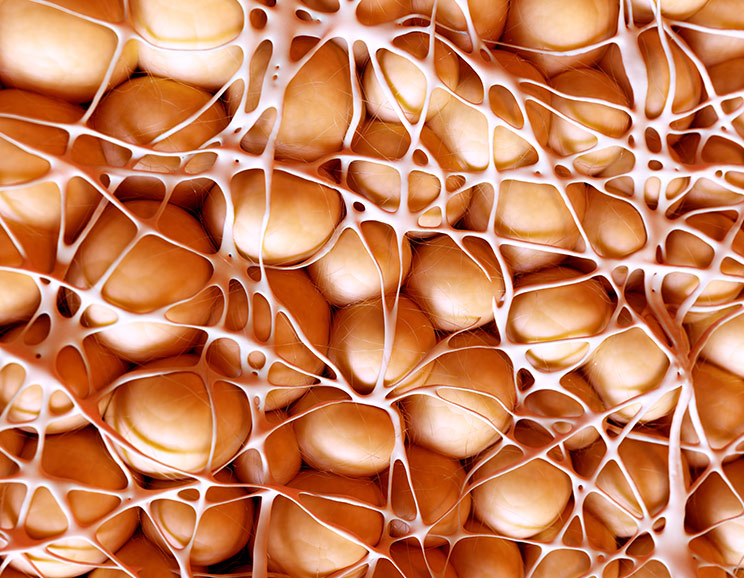

Show Comments